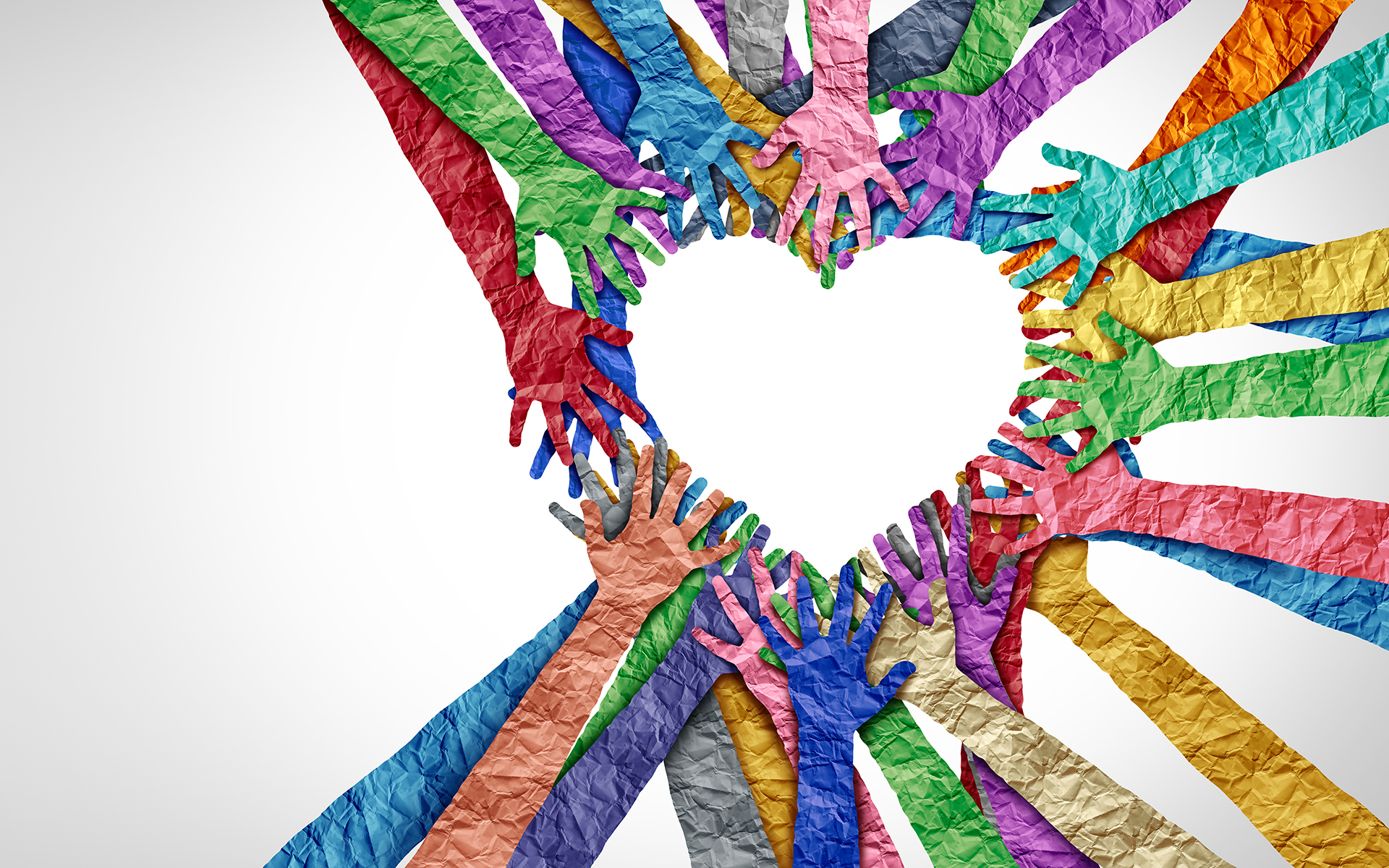Well-being and healthy relationships are defining characteristics of strong, long-lasting teams, and yet they are too often thrown into that bucket of qualities we think of as nice-to-haves. The typical company culture puts qualities like excellence, innovation, knowledge, financial performance, or industry leadership at the top, while losing sight of the fact that these are the result of strong and healthy people working well together. Perhaps the team will perform well for a while, but it won’t reach its full potential or remain on top for long.
The typical company culture puts qualities like excellence, innovation, knowledge, financial performance, or industry leadership at the top, while losing sight of the fact that these are the result of strong and healthy people working well together.
We picture the dynamics of a workplace according to how much it values well-being and strong relationships. You can see how these influence workplace culture by laying them over a simple four-quadrant grid, with the x-axis representing the degree to which a culture values individual well-being, and the y-axis representing the degree to which it values relationships among employees.
The interplay between these values—strong and weak on each axis—creates quadrants that represent workplace cultures familiar in organizational life. We’ll describe each below, counterclockwise from top left. Each description includes the characteristics of the quadrant, its results for people and the organization, ways to address the situation, and (to make it memorable) a mascot and nickname representing the quadrant.
As you read the descriptions, ask yourself “Which of these cultures is most like my team, my division, and my company?”
4 Common Types of Company Culture
1) School of Sharks
In the School of Sharks, relationships matter but well-being is unimportant. This workplace is characterized by focusing relationships entirely on their utility for getting business results, regardless of their genuine qualities. It’s the height of workism: people work unmanageable hours and are expected to suck it up and not complain. Relationships are transactional—with others on the team, with people in the wider organization, and even with customers. Relationships are valued for their utility: acquiring money, success or prestige. The School of Sharks is characterized by zero-sum thinking and a scarcity mindset; people react to limits on promotions and bonus money by grabbing the most they can for themselves.
This is a stereotypical version of a hard-driving workplace, where winners win and anyone who falters is lunch. The mascot of this workplace is the shark, always cruising for its next meal, with a few pilot fish clinging onto its sides hoping to pick up the leftovers.
The School of Sharks can deliver business results, but its human cost is burnout, low morale among all but the biggest sharks, high turnover among the lesser sharks (or other fish) and high cost on health. When the culture is transactional, the most talented people are often the least loyal, and competitors can lure them away.
2) The Doom Loop
If you’ve ever been in a workplace where neither relationships nor well-being matter, you probably shudder at the memory of participating in the Doom Loop. People might work very hard, disregarding their well-being, or just do the bare minimum, without a sense of purpose other than getting by. Business results on most metrics, from profits to employee engagement, are below average, and attempts to change such a culture are usually too little, too late. Apathy, cynicism, low performance, and a sense of drift characterize this workplace. This workplace has inspired decades of mordant humor in the strip Dilbert.
The Doom Loop’s mascot is the opossum, which is shy, and when threatened falls into a catatonic state (“playing possum”).
3) Lone Leopards
The Lone Leopard culture values individual well-being but not strong human relationships. That might be due to a culture of rugged individualism, or in some organizations, it might be due to the nature of the work itself (drivers in ride-hailing services, for example). For people who truly want to work alone, this isn’t a bad place, but for most businesses it represents lost opportunity. Innovation and risk-taking work best when trusted bonds exist among team members, so the team is weakened in this scenario. Organizational resilience is lower. With less understanding of contrasting work styles, individuals struggle to create win-win solutions. And while individuals might look out for themselves, they miss out on a well-being bonus: the feeling of meaning that comes from nurturing teamwork and genuine goodwill for others.
The leopard, who is strong and capable but lives most of its life alone, is our mascot for this workplace.
4) Trusted Teams
A workplace that values both strong relationships and individual well-being is our ideal. We call this workplace Trusted Teams because individuals benefit when they look out for each other as well as themselves. This means much more than people being nice to one another. It means diverse types work together without forcing conformity. People give respect to and receive respect from peers and others at all levels of the organizational authority. Training includes learning individual skills and also group dynamics. Trusted Teams benefit from an abundance mindset—the sense that work and life are full when they feed and restore each other. Organizational resilience grows from uniting around a common mission and purpose. Trusted Teams are like the Blue Zones of living, where material, emotional, intellectual, and social needs are in balance.
Our mascot for Trusted Teams is the dolphin. Dolphins are intensely social creatures that communicate constantly, look out for each other, and are also capable on their own. And when they’re not working—raising young or hunting—dolphins love to play!
Where Is Your Team?
Does one of these scenarios describe your team best? Remember that teams, like people, rarely exist at one extreme or the other. Your team might have a couple of sharks and a few dolphins (who keep sharks at a distance). Or someone working in a Doom Loop situation might be checked out emotionally but taking care of their own well-being for a time, waiting it out until a better opportunity arises. Consider who you are (or want to be) and who others are in your immediate work circle. Are you surrounded by people with the same values, and could you all name what they are? While we would ideally work in Trusted Teams, we know that some cultures and people consciously choose another way of being together.
Try This Informal Practice
Decide which scenario best describes your team and write the reasons for your decision. You might think of your immediate group led by a single manager, or a department where you work. Remember you’re thinking about the two axes here: How much your group values relationships and how much they value well-being.
It’s worthwhile to discuss where your team is on the quadrant among team members. Do you agree about where you are? Are you happy with that, or might there be ways to move toward a better state? The conversation doesn’t have to provide a definitive answer but can act as a jumping-off point for the ongoing discussion about making your team good for relationships and well-being.
Excerpt from Work Better Together: How to Cultivate Strong Relationships to Maximize Well-Being and Boost Bottom Lines by Jen Fisher & Anh Phillips, pp. 88-94 (McGraw Hill, June 2021).
READ MORE
6 Ways to Build a Culture of Compassion
Scott Shute, the former head of Mindfulness and Compassion at LinkedIn, shares a few simple gestures that can help foster compassion in our workplaces, families, and communities.
Read More
Why Relationships Are Key to Well-Being
Authors and mindfulness experts Eric Langshur and Nate Klemp dive into the research on how building strong connections with others helps us stay healthy and happy.
Read More
Turning Toward Collaborative Leadership
How a deep mindfulness practice helped Jessica Morey loosen the reins at Inward Bound Mindfulness Education, and empower the organization to adopt a new way to work.
Read More










